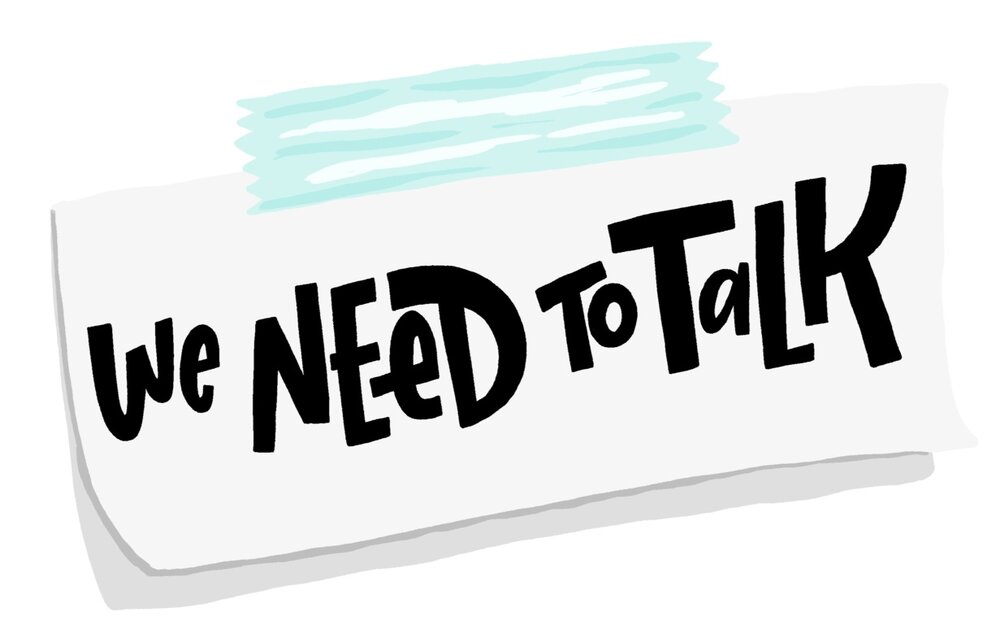This is how to have a tough conversation

Admit it: The term we have to talk sends a little shiver up your spine. It’s probably one of the most universally dreaded statements. I’m not sure if it’s worse to be on the receiving or giving end, but for today’s purpose, I’m going to teach you how to be on the giving end (without ever uttering that sentence).
Conflict and bad feelings only get worse when we avoid dealing with them. We tend to avoid difficult conversations for fear of the outcome. We don’t want things to get worse, we don’t believe the other person will change, we don’t have the time or it’s just not the right time. The excuses are endless. And they stop here.
So grab your balls, your ovaries, or your equivalent thereof and commit today to building some emotional muscles by learning this life skill. Below is a step-by-step guide on how to get to the other side of a difficult conversation.
-
Detachment. Detach from the outcome. The importance of having this conversation has less to do with the outcome and more to do with your emotional health. It’s bad for you to keep things inside. And it’s bad for your relationship. If you’re not invested in things going your way, you’ll be able to express yourself in a calmer and less escalated way which will result in a more productive conversation. Decide that you’re having this conversation to build the emotional muscle of having it rather than for the purpose of getting your way.
-
Who Do You Really Need To Speak With? Believe it or not, many of these conversations don’t need to involve another person. Most difficult conversations need to be with ourselves, not with someone else… If you’re about to set a boundary, the bigger discussion involves your willingness to stick to the boundary. So often my clients come to me wanting to prep for a very serious conversation with another person and by the end of the session they see that there’s really no need to involve the other person. If they’re willing to stick to what they need to do, they just need to do it rather than talk about it.
-
Be Willing To Be Wrong. Humans value being right over being happy. Don’t go into a difficult conversation if you’re committed to proving the other person wrong. It’s fine to go into it with the intent to express your opinion, but at the end of the day, one of our most essential emotional muscles is the ability to agree to disagree at the end of the talk. And do ask yourself whether you value being right over being happy, as they are often mutually exclusive.
-
Set An Appointment. Once you’ve worked out all the internal issues listed above, you’re ready to start. Begin by asking the other person to give you some times when he/she is available to speak. Doing this gives the other person a sense of control over the situation and is likely to result in lowering his/her resistance going into it. When you set it up like this, you’re more likely to get a willing participant rather than someone who feels blindsided by your agenda to puke your hostility all over them.
-
Express Your Intention. Let the person know from the outset what you’re looking for. I always like to start by letting the person know that I’m just looking to be heard (this is almost never the case with me) or that I’m looking for a behavioral change (this is more often what I’m after). If you want a behavioral change, be crystal clear about what it is before you begin so that you’re able to request it.
-
Mirror. Agree to paraphrase each other’s words as you take turns sharing your feelings and thoughts. This allows each person to feel as though they are being heard. And for the love of God, do not have a phone, computer etc. within reach during a conversation like this.
-
Validate. After you’ve paraphrased the person’s thoughts/feelings, find something reasonable about their perspective that you can validate with some sincerity. Even if at the end you agree to disagree, let them know that they’re not crazy; that what they’re saying makes sense to you.